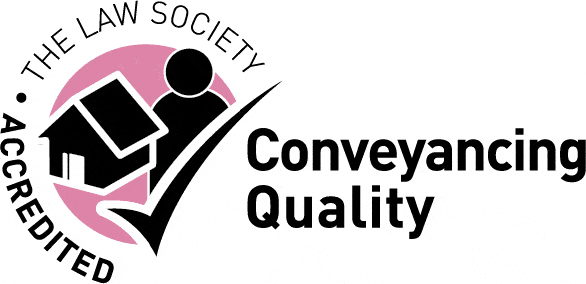Buying a home is daunting, and your decisions can save you or even cost you thousands of pounds along the way. If you are out to purchase a home, these ten steps can help you get your dream home.
 1. Decide if you will sell first
1. Decide if you will sell first
If you own a home, you must decide whether to sell it before buying it. In a rising market, it can be dangerous to sell your home. However, there are upsides. If you can find your house quickly without being trapped in a housing chain, you can pounce quickly, even when selling your first home. Selling your first home can provide you with financial backup for the second home you’re buying.
2. Have a budget
It would be best if you decided how much you want to spend. It may depend on the amount of deposit you will get. Also, it would be best to consider any one-off and ongoing costs that may come hidden when buying a home. The hidden costs of purchasing a home are put an extra 15% on the cost of the home you buy. The costs can even be more if you do severe renovations or redecoration work on the building.
3. Have your finances in place
Find out the amount of a deposit for a mortgage you can have together. If you have savings, they can help with the financing. If you are going for a mortgage, consider the type you want. Look at your savings and the “bank of Granny or Grandpa” and the “bank of Mum and Dad”. Also, look at what you get if you decide to place the current home on sale and pay off the deposit. While it’s not possible to get a mortgage before buying, it is possible to have a mortgage in principle. This allows you to be in a stronger position. A mortgage broker can help you if you need advice on mortgages.
4. Determine where you will live
You may want to move to a different part of town or live close to where you currently stay. If you don’t decide where to live appropriately, you may be unhappy with the location or experience the costs of moving again. Ensure you do your homework correctly. It can be time-consuming and challenging to decide where to live if you want to relocate to a different area of town or if you want to reside in another place across the country. Also, you want to consider whether you are going to an existing period property, an older home, or a new building.
5. Choose your home
After finding the area you want to reside in, look for the right home. You can work with local estate agents. You also need to ensure you visit different properties to check them. Check whether the property you want to buy is leasehold or freehold. Make sure that it’s not a short-lease property.
6. Make your offer
You need to make your offer and negotiate. A small holding deposit may be required to show that you are serious about the deal. If the sale falls through, you will be repaid the deposit. You need to decide the amount you want to pay, and it should include the fittings and fixtures, if any.
7. Arrange a mortgage
At this point, you already have the finances in place. What you need is to visit the mortgage company to complete the process. Before you exchange contracts, you want to get the financier to have a formal mortgage offer. If you have not got your funds or finances in place, you need to ensure you do so quickly because the home seller may lose patience. If you are going for a mortgage, it may also be a good time you consider having life insurance.
8. Get a conveyance or solicitor
A conveyancer or solicitor is vital in handling the legal work involved in the ownership transfer of the property. The conveyancer will search with the Environment Agency and local authority to ensure no significant problems with the home you are buying. The mortgage company may recommend you choose a conveyancer or solicitor on their panel. You have a choice to decide on the conveyancer you choose; it is not a must that you should go with the suggested solicitor or conveyancer.
9. Exchange contracts
Exchanging contracts with the sellers means that you are legally committed to purchasing the home, and the seller is also committed to selling the property to you. Only exchange contracts if you have obtained the surveyor’s report. Make sure you agree on the date of the completion of the contract with the seller. The completion date may be about four weeks following the exchange of contracts.
Also, remember that you can only exchange the contracts if the conveyancer or solicitor has been satisfied with the searches and you have received a formal mortgage offer and made arrangements to make the deposit. Besides, ensure you take out insurance for the property right from exchanging the contract. This is because you are now responsible for the building. It is a condition for the mortgage to have buildings insurance already in place before you can get the mortgage.
10. Complete the sale
You will need to pay for the property to take ownership. On the day you are doing the completion, you will have the money and the deeds of the property transferred.
The seller will now have to leave the property, and you collect the keys by the time of completion. After completing the sale, you can pay stamp duty and settle with your conveyancer or solicitor.
Conclusion
These are ten steps you can take when buying a home in England. A conveyancer service will come in handy in handling some of the processes in your home buying.
If you are looking for Conveyancing Solicitors in Kingston and surrounding areas, contact Harrisons conveyancing solicitors today!

